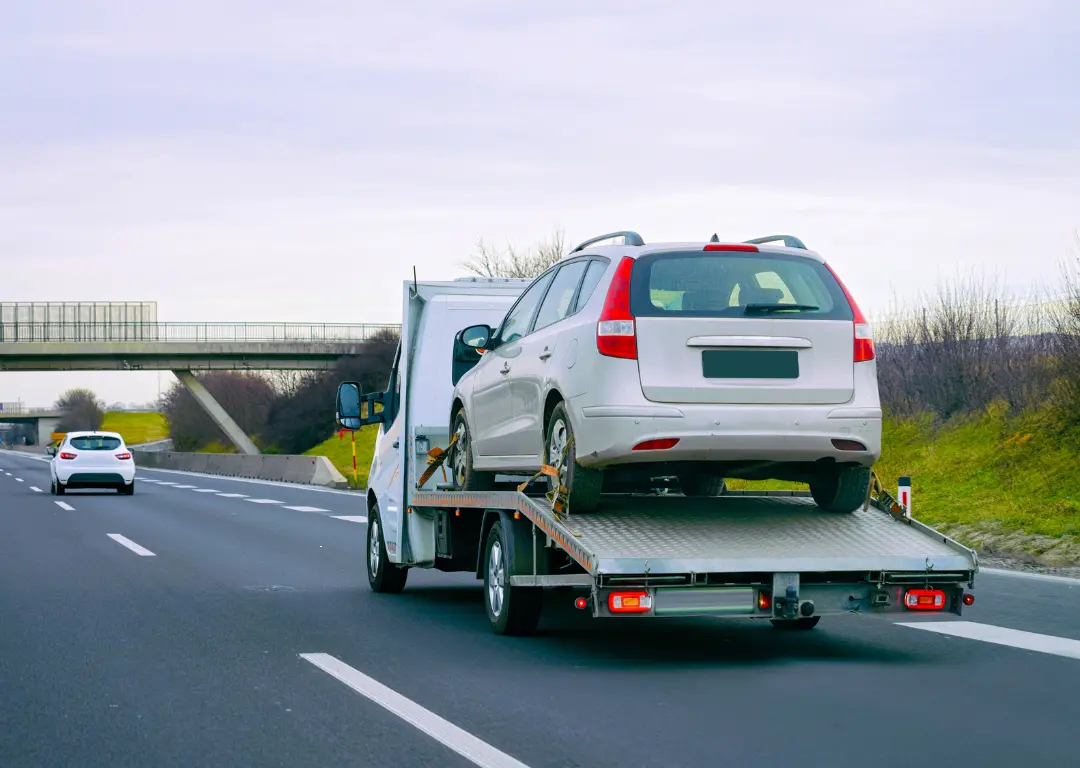Introduction
Open auto transport is a widely used method for transporting vehicles, involving carriers that expose vehicles to the elements during transit. This method contrasts with enclosed transport, which offers protection from weather and road debris. While open auto transport is more cost-effective and efficient for moving cars over long distances, it raises several environmental considerations that are crucial to understand and address.
Environmental Impact of Open Auto Transport
1. Emissions and Fuel Consumption
Open auto transport involves large trucks hauling multiple vehicles across long distances. These trucks typically consume significant amounts of fuel, leading to emissions of greenhouse gases such as carbon dioxide (CO2), nitrogen oxides (NOx), and particulate matter. The environmental impact is further exacerbated when considering the cumulative effect of multiple vehicles transported simultaneously.
2. Air Quality
The emissions from transport trucks contribute to air pollution, affecting both local and regional air quality. While individual trucks may comply with emissions regulations, the sheer volume of vehicles being transported can contribute to localized pollution hotspots, especially in urban areas and along transportation routes.
3. Resource Use
Transporting vehicles requires the use of natural resources such as fossil fuels for trucks and materials for manufacturing transport vehicles. This resource consumption contributes to overall environmental degradation, including habitat destruction and resource depletion.
Challenges in Mitigating Environmental Impact
1. Technological Limitations
Current technological advancements in vehicle transport focus primarily on improving fuel efficiency and reducing emissions from trucks. However, fully eliminating emissions from transportation remains a challenge due to the reliance on fossil fuels for truck propulsion.
2. Regulatory Framework
Environmental regulations play a crucial role in mitigating the impact of open auto transport. However, enforcement and compliance vary globally, leading to disparities in environmental standards and outcomes. Stricter regulations and international agreements are necessary to harmonize environmental protection measures across regions.
3. Public Perception and Awareness
Public perception of open auto transport service and its environmental impact influences policy decisions and industry practices. Increasing awareness about the environmental consequences of vehicle transport can drive demand for more sustainable alternatives and encourage innovation in transportation technologies.
Sustainable Practices in Open Auto Transport
1. Efficiency Improvements
Enhancing the efficiency of vehicle transport operations can significantly reduce environmental impact. Strategies such as optimizing routes, improving load capacity utilization, and adopting fuel-efficient technologies for transport vehicles are key areas for improvement.
2. Alternative Fuels and Technologies
Exploring alternative fuels such as biodiesel, electric trucks, and hydrogen fuel cells offers potential solutions to reduce emissions from vehicle transport. These technologies are still evolving but hold promise for reducing the carbon footprint of open auto transport in the future.
3. Collaborative Initiatives
Industry collaboration and partnerships can accelerate the adoption of sustainable practices in open auto transport. Collaborative efforts among transport companies, manufacturers, policymakers, and environmental organizations can drive innovation and promote the development of eco-friendly transport solutions.
Conclusion
Open auto transport is integral to the automotive industry’s logistics network, providing cost-effective and efficient vehicle transportation over long distances. However, its environmental impact cannot be overlooked, with significant implications for air quality, resource consumption, and greenhouse gas emissions. Addressing these environmental considerations requires a multi-faceted approach, including technological advancements, regulatory frameworks, and collaborative initiatives aimed at promoting sustainability in vehicle transport. By prioritizing environmental stewardship and adopting sustainable practices, the open auto transport industry can mitigate its environmental footprint while continuing to meet the transportation needs of the global economy.



One thought on “Environmental Considerations of Open Auto Transport”